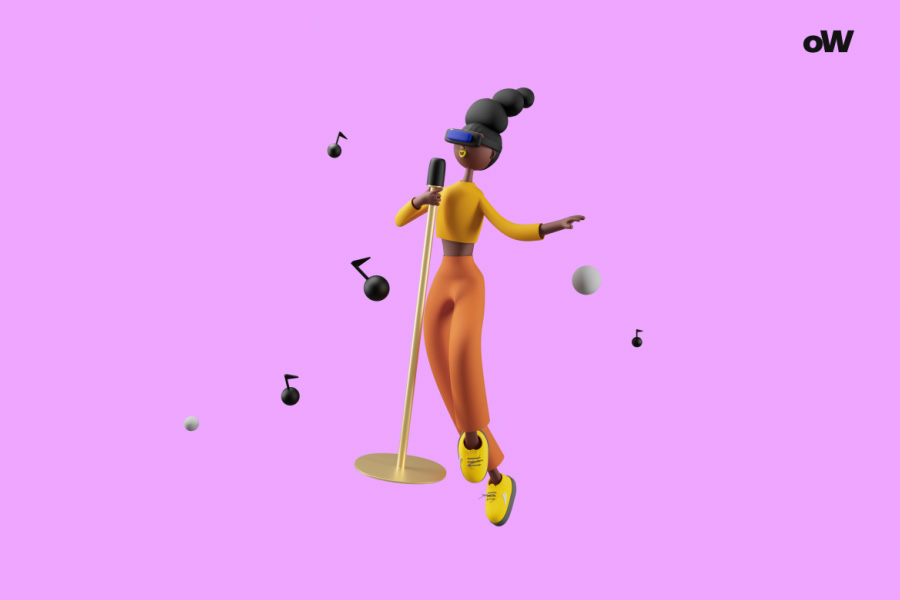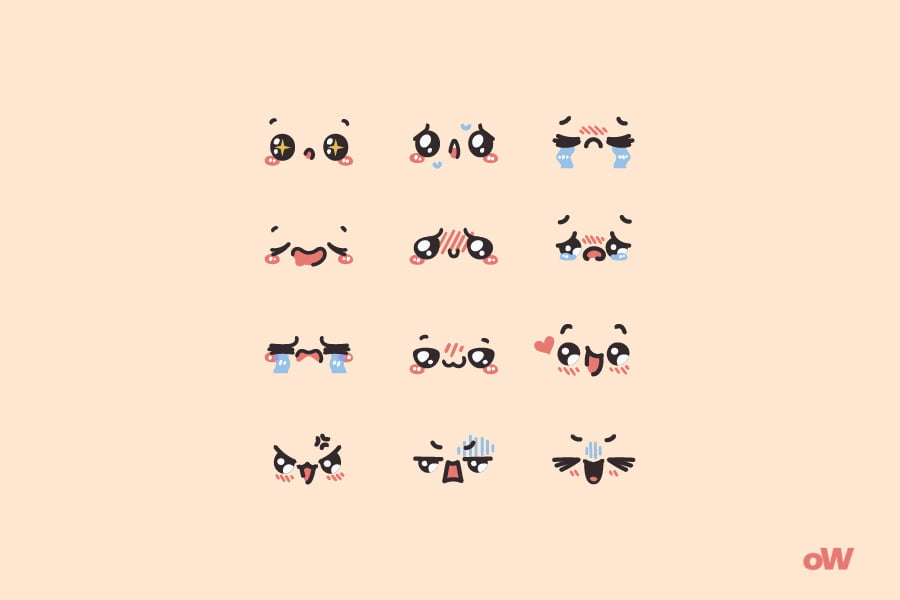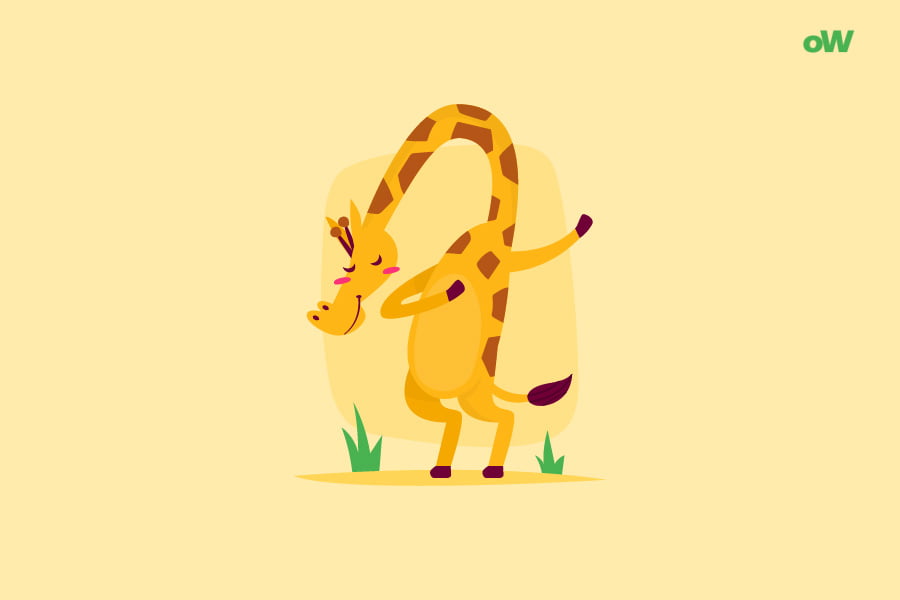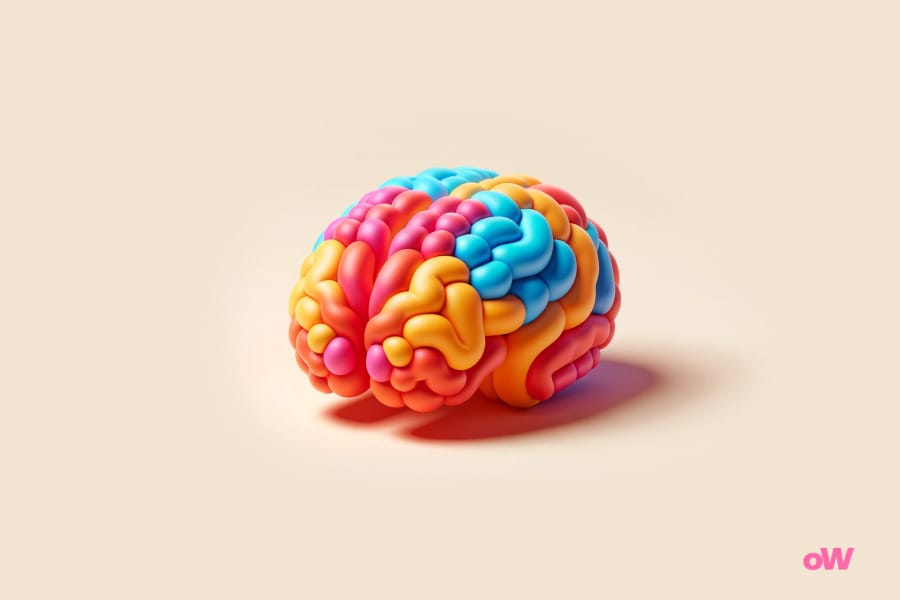Dirty Mind Test: Bananas, Melons, or Cherry?

What do you see when you look at an abstract drawing? A simple geometric shape or something much more… spicy? Let’s be honest: each of us has at least once in our lives seen indecent images where they didn’t actually exist. An ambiguous shadow on the wall, a peculiar cloud formation, or a random combination of objects – our brain sometimes transforms the most innocent things into something completely different. But what does this say about us? Does it mean we have a “dirty mind,” or is there something deeper behind this phenomenon? Today we’ll dive into the fascinating world of perceptual psychology and find out what the results of the famous “dirty mind test” really mean.
What is the “Dirty Mind Test”?
The “Dirty Mind Test” is a popular form of psychological quiz in which participants are shown a series of images with double meanings. At first glance, these pictures may resemble something improper or indecent, but upon closer inspection turn out to be completely harmless objects or situations.
The essence of the test is to determine how quickly a person notices the “indecent” image and whether they see the alternative, innocent interpretation at all. For example, a classic image in such a test might resemble an intimate body part but actually turns out to be just an elbow or a knee.
Unlike standardized psychological tests, the “dirty mind test” doesn’t have a strict scientific basis and is often used for entertainment purposes. However, behind this fun lie interesting psychological mechanisms that can indeed tell us something significant about our personality.

Why Do We See What We See?
The phenomenon of perceiving ambiguous images is closely related to pareidolia – a psychological phenomenon where our brain finds familiar patterns in random stimuli. It’s the same thing that makes us see faces in clouds or on the surface of Mars. But why are some people inclined to see specifically indecent images?
Our brain is an amazing organ that constantly tries to find meaning in the surrounding world. When we encounter ambiguous visual stimuli, the brain automatically seeks to interpret them based on our previous experience, cultural context, and even our current emotional state.
Neurobiologists claim that we are evolutionarily programmed to recognize certain shapes and patterns, especially those related to survival and reproduction. Therefore, it’s not surprising that intimate images can “pop up” in our perception even where they don’t exist – this is a kind of cognitive distortion dictated by basic instincts.
Why Do Some People See Double Meanings More Often Than Others?
The tendency to notice ambiguity and “indecent” images in neutral stimuli is associated with several factors:
- Personal experience and memories. Our brain tends to see what we are familiar with. If certain images are frequently present in your life (for example, in art, entertainment, or personal experience), you are more likely to “project” them onto ambiguous stimuli.
- Cognitive style. People with more creative thinking and rich imagination more often see various interpretations of the same image, including those with double meanings.
- Current psychological state. Our perception strongly depends on emotional state and context. Research shows that people in a romantically aroused state are more likely to notice sexual subtext in neutral stimuli.
- Cultural and social influences. What is considered “indecent” or taboo varies greatly across cultures. People raised in more conservative environments may be more sensitive to potentially obscene images precisely because of their taboo nature.

What Do Test Results Say About Your Personality?
Although the “dirty mind test” is not a scientifically validated personality assessment tool, the nature of how you interpret ambiguous images can indeed reflect certain aspects of your thinking and personality traits.
The Innocent Observer
If you predominantly see only innocent interpretations of images and are genuinely surprised when someone points out the possible double meaning, this may indicate your directness and tendency to perceive the world without cynicism. You probably possess a pure, unclouded view of reality and tend to see the best in people. Such perception often indicates a high level of emotional intelligence and openness to new experiences.
The Perceptive Analyst
If you quickly notice both the “indecent” and innocent meanings of an image, this may indicate highly developed abstract thinking and the ability to look at situations from different angles. People with this type of perception usually demonstrate flexible thinking, good analytical abilities, and a tendency toward critical analysis of information. You probably handle multitasking well and can find unconventional solutions to problems.
The “Dirty” Thinker
If you almost always notice the indecent subtext first, this may indicate your heightened sensitivity to sexual stimuli and, possibly, creative, outside-the-box thinking. Contrary to popular belief, this doesn’t necessarily mean an obsession with sexual themes – rather, it suggests that your brain excels at pattern recognition and finding hidden meanings. Such people often have a good sense of humor and the ability to see the unusual in the ordinary.
The Contextual Interpreter
If your perception strongly depends on context and mood, this indicates high emotional responsiveness and adaptability. You probably tune in well to your environment and know how to “read the room.” Such people usually possess developed empathy and social intelligence, which helps them successfully interact with different personality types and in various social situations.

Practical Application of Test Results
Although the “dirty mind test” is often perceived as simple entertainment, understanding the peculiarities of your perception can have practical value:
- Self-knowledge and personal growth. Awareness of how you interpret ambiguous stimuli can help you better understand your cognitive processes and thinking patterns.
- Improved communication. Understanding that people can interpret the same information differently promotes more effective communication and prevents misunderstandings.
- Creativity development. The ability to see different interpretations of the same stimulus is closely related to creative thinking. By practicing looking at situations from different perspectives, you can develop your creative potential.
- Overcoming cognitive biases. By being aware of how your perception works, you can learn to recognize instances where your interpretation might be erroneous or biased.
Ultimately, the “dirty mind test” is not so much an indicator of morality or character as a fascinating window into the workings of our consciousness and perception. It reminds us that the reality we perceive always passes through the filter of our unique experience, biases, and expectations. And in this sense, there are no “right” or “wrong” interpretations – there is only the endlessly fascinating process of learning about yourself and the world around you.
Disclaimer 📢
This quiz is designed for entertainment purposes only. The results are not scientifically validated and do not constitute professional advice or assessment. The quiz results are meant to be fun and should not be used as a basis for any life decisions or as a substitute for professional consultation. If you need personalized guidance, please consult with appropriate qualified professionals.
Questions Overview
- Take breaks and pace yourself
- Get a good grip and go for it
- Start slow and build up momentum
- Just dive in and enjoy the ride
- Perfect for my fruit salad!
- They look juicy and ripe
- Nice pair... of melons
- I'd like to squeeze those
- Blowing up balloons for a party
- Blowing out candles on a cake
- They're being suggestive on purpose
- Time to get on your knees
- Swimming in a pool
- Getting caught in the rain
- A steamy shower scene
- Activities that require a towel afterwards
- They need a smaller screw
- Maybe try a different angle
- That's what she said!
- You need more lubrication
- They got a delivery
- It's probably something they ordered online
- This could go either way...
- *eyebrow waggle intensifies*
- Trees in the sunrise
- Lumber for construction
- A common male phenomenon
- The best way to start the day
- They're arriving at the location
- They're on their way over
- *nervous giggle*
- Hope they're not faking it
- Planting seeds in the garden
- Digging a hole for a fence post
- Could be innocent... could be not
- Definitely not gardening
- Yoga pose
- Sleeping position
- *tries not to smirk*
- Mine involves flexibility
- A large tree trunk
- An oversized coffee mug
- Something impressive indeed
- That's a good problem to have
- They're crafty and artistic
- They can fix things
- Lucky whoever they're dating
- I volunteer as tribute
- A science experiment gone wrong
- Opening a shaken soda can
- Sounds messy and fun
- Hope you swallowed
- Watching movies and relaxing
- A casual hangout session
- We both know what this means
- Time to dim the lights
- A relaxing sauna
- Fresh coffee in the morning
- Shower scenes in movies
- Activities that fog up windows







oooh i got delightfully dirty hehehe im soo dirty minded
thats most of mmy answerss
cum explodeddd all on u
favourite possitoion in sexx
cumming not comming
cum
breasts
dick
dih
Im not dirty😀 (I think)
Well, I didn’t think I was THAT Inncent
BROO it was just TOO easy like it was NOT the level i am on
btw- did y’all know 67 got word of the year nomination?!!!
67 out 🙂
go deeper daddy!!! ughhhhhh
okkkk
67 67 67 67
dirty mind noooo
ASS